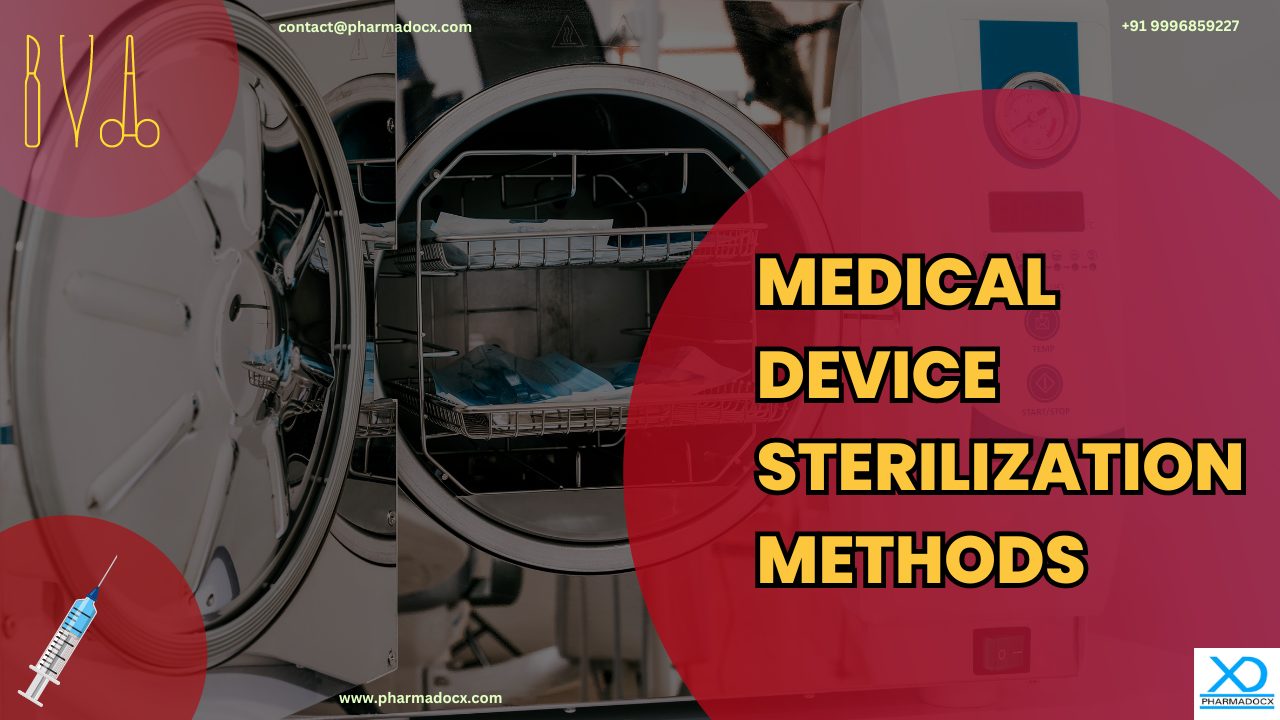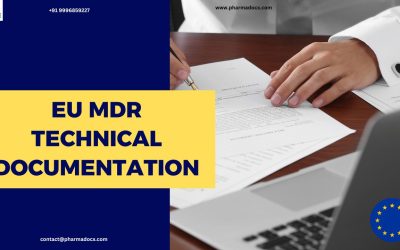While using medical devices to diagnose, monitor, and treat patients, they come in direct contact with patients. They may be used externally or internally. Thus, proper sterilization of medical devices is necessary to reduce chances of infection caused by these devices. Given the pivotal role of medical devices in the healthcare industry, ensuring these are sterile are of utmost importance. Patient safety and outcome depend on the sterility of medical devices. Hence, sterilization of medical devices has to be prioritized for effective healthcare delivery. In this blog, we will provide an overview of the various medical device sterilization methods.
What is a sterile medical device?
First, we need to understand the definition of a sterile medical device before understanding the sterilization methods for medical devices. A sterile medical device is defined as the device free from viable microorganisms and their spores.
The need for sterilization of medical devices
The primary goal of medical device sterilization is to prevent infection and ensure the safety of patients and medical professionals. Irrespective of the intended use and risk level of the medical device, patient and user safety have to be ensured. A contaminated medical device will lead to device-induced infection, thereby do more harm than good to the patient. Hence, while manufacturing or preparing medical devices, elimination of harmful microorganisms contaminating medical devices is a must.
What is medical device sterilization?
Sterilization of medical devices is the process of destroying microbial contamination on medical devices till they can be safely used in the healthcare industry. All forms of microbes have to be destroyed to ensure patient and end user safety. Depending on the nature of the medical device and its intended use, medical devices can be sterilized using various methods. Physical or chemical methods are used for sterilization of medical devices. Medical device sterilization methods are regulated by the applicable regulatory body.
What are the various medical device sterilization methods?

- Steam Sterilisation: Steam sterilisation is the most common sterilization method. It is the least expensive of all medical device sterilization methods and is non-toxic. In this method, devices are exposed to direct steam for a stipulated time at specific pressure and temperature levels. Temperature levels, such as 250 °F (121 °C), 270 °F (132 °C), and 275 °F (135 °C), are commonly used. This kills microorganisms contaminating the medical device. Steam sterilisation is performed using autoclave or high-speed pre-vacuum sterilizer. This method is mainly suitable for medical devices constructed using heat-resistant materials. Surgical instruments, flexible liquid containers (such as blood and solution bags), syringes, and vials are some of the medical devices commonly sterilised using this technique. This method is not suitable for any kind of electronic components, fiberoptics, biological materials, and similar components of medical devices. Additionally, this method may have a corrosive impact on high-carbon steel materials.
- Vapour phase sterilization: In this method, vapor-phase hydrogen peroxide or other agents are used to sterilize medical devices. Although this technique is similar to steam sterilisation, it may be a little faster than steam sterilisation.
- Dry heat sterilization: In this method, medical devices are exposed to high temperatures in a heating cabinet or conveyor tunnel. This exposure to heat for a long period eliminates or inactivates microorganisms. Owing to the absence of steam or water, dry heat sterilization does not usually cause corrosion. A major disadvantage of this method is that it is time consuming. Multiple cycles of hot air exposure are required to completely eliminate all microorganisms. Glassware, metal components, and paper-wrapped products are some of the medical devices commonly sterilised using this technique.
- Ethylene oxide sterilization: Unlike heat-based methods, such as steam and dry heat, this method can be used on a variety of materials without distorting or damaging the device. In this technique, ethylene oxide gas is used to sterilize heat-sensitive devices. Ethylene oxide gas reacts with DNA, proteins, and enzymes to disrupt cell functioning and division. This kills microorganisms. This method is widely used. Ethylene oxide can penetrate small nooks and crannies inside devices. It can even sterilize the medical devices already packaged in plastic. Ethylene oxide sterilization is a very effective method and is usually used for reusable devices. This sterilization method works well on plastic, resin, metals, glass, etc. Surgical kits, syringes, heart valves, catheters, and pacemakers are usually sterilized using ethylene oxide sterilization.
- Radiation sterilization: In this method, ionizing radiation is used to destroy microorganisms. This cold sterilization method is effective for various materials. Radiation sterilization is a rapid process. This technique is ideal for single-use medical devices. As opposed to the ethylene oxide sterilization method, radiation can alter the colour and material integrity of the devices. Radiation may negatively impact the electronics in medical devices and certain plastic components.
- Liquid sterilisation: In this method, liquid chemical agents are used to sterilize medical devices. This is one of the less common medical device sterilization methods used in the industry.
- Filtration sterilisation: This technique employs a sterilising filter to sterilise the medical device. This method is particularly used for medical devices loaded with biologics.
In the above list, we have presented the 7 common medical device sterilization methods. It is important to understand which of the above methods will be apt for your medical device. The goal is to eliminate microorganisms contaminating the medical devices with minimal negative effect on the device.
How to choose apt sterilization methods for medical devices?
The appropriate sterilization method for your medical device mainly depends on the following factors:
- Nature of the medical device: temperature sensitivity, material used for construction, presence or absence of biologics, etc.
- Intended use of the medical device: external, internal, injectable, etc.
- Biocompatibility of the medical device
- Required sterility level
Steam sterilization is apt for medical devices constructed using stable and heat resistant materials. Vapor phase sterilization is often faster than steam sterilization. Medical devices constructed using heat and moisture sensitive material are usually sterilized using ethylene oxide (ETO). Filtration sterilization will be appropriate for medical devices loaded with biologics. Radiation is an effective sterilization technique but is expensive and requires radiation-resistant materials. Hence, based on these factors you have to decide upon the ideal medical device sterilization method.
It is important to decide upon the appropriate sterilization technique for your medical device during early stages of product development. This is because sterilization is more than just a process. There are multiple points to consider while planning and implementing sterilization methods for medical devices.
- Control and prevention of contamination at the initial stages of manufacturing process
- Equipment control, calibration, and maintenance
- Personnel hygiene
- Environment control
- Cleaning and disinfection procedures
- Sterile product packaging and storage
Selecting the appropriate sterilization method for medical devices is not easy. If you need help with selecting the appropriate medical device sterilization method, we are just a phone call/email away. Drop an email at [email protected] or call/Whatsapp on 9996859227 and we will provide all the guidance and support you need. Our team at Pharmadocx Consultants has served over 600 clients and has more than 27 years of experience. We will leverage our expertise and industry knowledge to help you establish your medical device manufacturing business.





